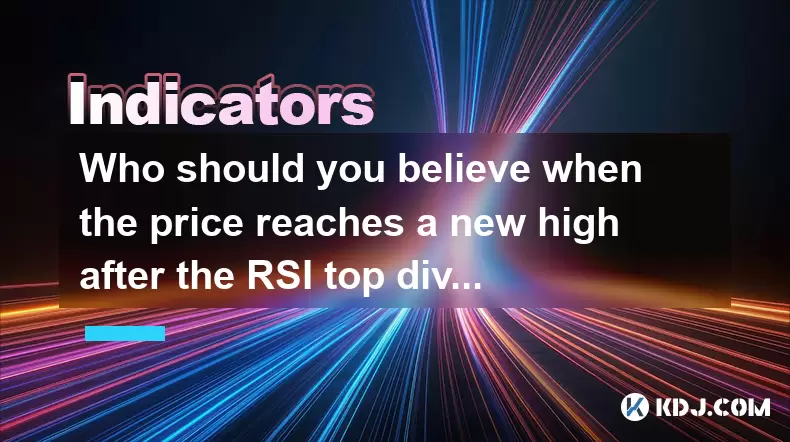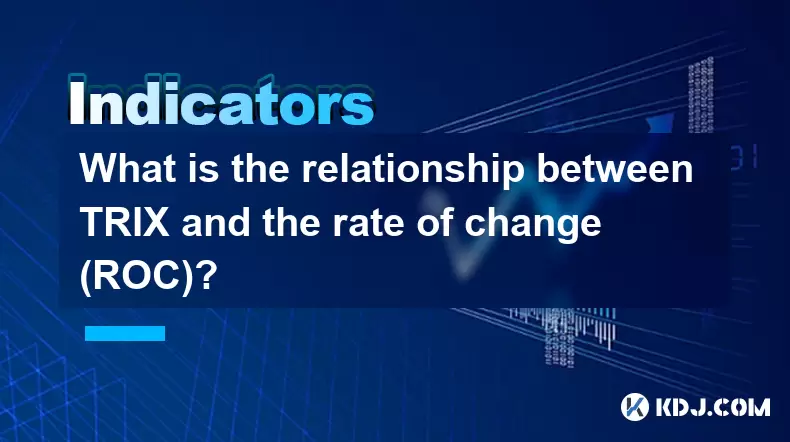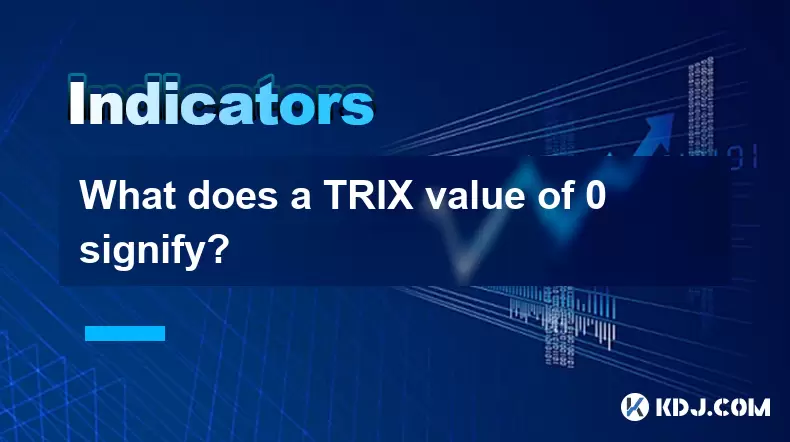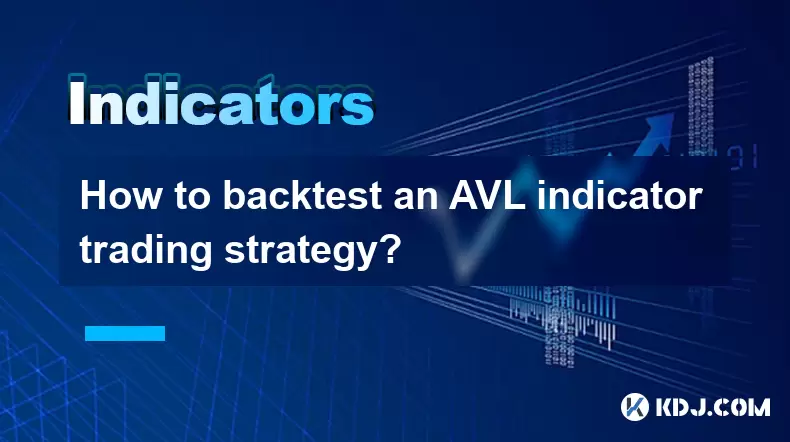-
 Bitcoin
Bitcoin $117700
-0.03% -
 Ethereum
Ethereum $3805
0.49% -
 XRP
XRP $3.098
-1.00% -
 Tether USDt
Tether USDt $1.000
0.03% -
 BNB
BNB $792.8
-1.72% -
 Solana
Solana $177.9
-1.95% -
 USDC
USDC $1.000
0.02% -
 Dogecoin
Dogecoin $0.2202
-1.55% -
 TRON
TRON $0.3278
-2.92% -
 Cardano
Cardano $0.7641
-2.43% -
 Hyperliquid
Hyperliquid $42.21
-2.68% -
 Sui
Sui $3.758
-1.58% -
 Stellar
Stellar $0.4080
-3.21% -
 Chainlink
Chainlink $17.75
-0.33% -
 Bitcoin Cash
Bitcoin Cash $591.8
4.96% -
 Hedera
Hedera $0.2561
-3.09% -
 Avalanche
Avalanche $23.34
-4.24% -
 Litecoin
Litecoin $110.7
1.96% -
 UNUS SED LEO
UNUS SED LEO $8.956
-0.01% -
 Toncoin
Toncoin $3.410
0.79% -
 Ethena USDe
Ethena USDe $1.001
0.03% -
 Shiba Inu
Shiba Inu $0.00001288
-1.82% -
 Uniswap
Uniswap $10.07
-2.06% -
 Polkadot
Polkadot $3.807
-2.27% -
 Monero
Monero $308.2
-2.15% -
 Dai
Dai $1.000
0.03% -
 Bitget Token
Bitget Token $4.521
-0.30% -
 Pepe
Pepe $0.00001134
-1.52% -
 Cronos
Cronos $0.1457
0.65% -
 Aave
Aave $274.9
-2.47%
Who should you believe when the price reaches a new high after the RSI top divergence?
When RSI shows top divergence but price hits new highs, it signals weakening momentum—yet in strong crypto trends, price often prevails, making confirmation via volume and higher time frames crucial.
Jul 30, 2025 at 05:21 am

Understanding RSI Top Divergence in Cryptocurrency Trading
When analyzing cryptocurrency price movements, traders frequently rely on technical indicators to predict potential reversals or continuations. One of the most widely used tools is the Relative Strength Index (RSI), which measures the speed and change of price movements on a scale from 0 to 100. A top divergence occurs when the price of an asset makes a higher high, but the RSI indicator forms a lower high. This scenario suggests weakening momentum and is often interpreted as a bearish signal, implying a potential reversal or correction is imminent.
However, when the price continues to reach new highs after an RSI top divergence, it creates a conflicting signal. This situation challenges the traditional interpretation of divergence and raises questions about the reliability of the RSI in trending markets. In strong bullish trends, especially in volatile assets like cryptocurrencies, divergence can persist for extended periods without an immediate reversal. Therefore, traders must assess whether the divergence is a genuine warning or merely a temporary imbalance in momentum.
Why Price Can Rise Despite RSI Divergence
The persistence of upward price movement after RSI top divergence can be explained by several market dynamics unique to the cryptocurrency space. One key factor is market sentiment driven by macroeconomic news, institutional adoption, or social media influence. For example, announcements from major exchanges, regulatory clarity, or celebrity endorsements can fuel continued buying pressure, overriding technical signals.
Another reason is the presence of strong accumulation by large holders (whales). These entities may be purchasing large volumes without triggering immediate price spikes, allowing momentum to build gradually. As a result, even though RSI shows weakening momentum, the underlying demand remains strong. Additionally, low time frame RSI divergence may not reflect the broader trend visible on higher time frames like the daily or weekly charts. Traders focusing solely on short-term RSI signals might misinterpret the overall trend direction.
- Market sentiment can override technical indicators
- Whale accumulation supports price despite bearish signals
- Higher time frame trends may invalidate lower time frame divergences
Who Should You Believe: The RSI or the Price?
In technical analysis, price always takes precedence over indicators. Indicators like RSI are derived from price data and serve as lagging or coincident tools, not predictive ones. When the price reaches a new high, it reflects actual market transactions and consensus on value. Therefore, if the price action confirms strength through higher highs and higher lows, traders should prioritize this over a divergent RSI reading.
Believing the price means acknowledging that the market is still in a bullish phase, regardless of what the RSI suggests. This approach aligns with the principle that trends can remain overbought or oversold for longer than expected, particularly in assets with high volatility like Bitcoin or Ethereum. Instead of acting on divergence alone, traders should look for confirmation signals such as volume spikes, breakout patterns, or candlestick formations that support a reversal.
- Price reflects real market consensus
- Indicators are secondary to actual price movement
- Confirmation through volume and patterns is essential
How to Respond When RSI Shows Divergence but Price Rises
When faced with this scenario, traders should adopt a structured approach to avoid premature exits or entries. The first step is to verify the time frame. A divergence on the 1-hour chart may not carry the same weight as one on the daily chart. Switching to a higher time frame can provide context on whether the divergence is significant.
Next, analyze trading volume during the new price highs. Increasing volume on upward moves suggests strong participation and validates the trend. Conversely, declining volume may support the divergence as a warning sign. Then, look for support and resistance levels. If the price is breaking through key resistance with conviction, the divergence is less likely to result in a reversal.
- Check higher time frames for trend context
- Evaluate volume during new highs
- Assess key support and resistance levels
- Monitor for reversal candlestick patterns (e.g., bearish engulfing, shooting star)
Additionally, traders can use moving averages to determine trend direction. If the price remains above the 50-day or 200-day moving average, the uptrend is still intact. Combining RSI with other indicators like MACD or Bollinger Bands can also provide a more balanced view.
Common Misinterpretations of RSI Divergence
Many traders fall into the trap of treating RSI divergence as a standalone reversal signal. This is a critical error, especially in trending markets. Divergence does not guarantee a reversal; it only indicates a potential loss of momentum. In strong uptrends, multiple divergences can occur before a correction finally materializes.
Another misconception is ignoring the difference between regular and hidden divergence. Regular top divergence (bearish) occurs at price highs, while hidden divergence (bullish) appears during pullbacks and signals trend continuation. Confusing the two can lead to incorrect trading decisions.
- Divergence is a warning, not a command to trade
- Multiple divergences can occur in strong trends
- Hidden and regular divergence have opposite implications
Furthermore, overreliance on default RSI settings (14-period) can distort readings. Adjusting the period or using smoothed RSI variants may provide clearer signals in fast-moving crypto markets.
FAQ: Frequently Asked Questions
Can RSI divergence be ignored in a strong bull market?
Yes, in a strong bull market, RSI divergence can persist for extended periods without leading to a reversal. The momentum driven by institutional inflows, halving events, or network upgrades can keep prices rising despite overbought conditions. Traders should use divergence as a cautionary signal rather than a definitive sell indicator.
Should I sell my position when RSI shows top divergence?
Not necessarily. Selling based solely on RSI divergence is risky. Instead, wait for confirmation such as a break below a key support level, a bearish candlestick pattern, or declining volume. Use divergence as part of a broader strategy, not as a standalone trigger.
How can I confirm if RSI divergence is valid?
To validate divergence, check alignment with higher time frames, volume trends, and key price levels. If the daily chart shows no divergence and volume is increasing on new highs, the 4-hour or 1-hour divergence may be insignificant. Confirmation from multiple sources increases reliability.
Does RSI work the same way across all cryptocurrencies?
No, RSI behavior varies based on market cap, liquidity, and volatility. Major coins like Bitcoin and Ethereum tend to follow technical patterns more reliably due to higher liquidity. Low-cap altcoins may exhibit erratic RSI movements due to pump-and-dump schemes or low trading volume, making divergence less trustworthy.
Disclaimer:info@kdj.com
The information provided is not trading advice. kdj.com does not assume any responsibility for any investments made based on the information provided in this article. Cryptocurrencies are highly volatile and it is highly recommended that you invest with caution after thorough research!
If you believe that the content used on this website infringes your copyright, please contact us immediately (info@kdj.com) and we will delete it promptly.
- XRP, AI, and Price Projections: Decoding the Crypto Future
- 2025-07-31 15:10:13
- XRP Investment: Expert Opinions and the Potential for Explosive Growth
- 2025-07-31 15:15:12
- XRP Price: Whale Buys and Token Scoops—What's Next?
- 2025-07-31 15:30:12
- Imagen Network, RLUSD Payments, and Decentralized Applications: A New Era of Web3?
- 2025-07-31 14:30:12
- Meme Coins: Buy and Hold for the Long Term? Decoding the Hype
- 2025-07-31 14:30:12
- XRP Analyst's Market Outlook: Boom or Bust in the Crypto Wild West?
- 2025-07-31 15:35:19
Related knowledge

What is the relationship between TRIX and the rate of change (ROC)?
Jul 31,2025 at 03:14pm
Understanding TRIX and Its Core MechanismTRIX, or the Triple Exponential Average, is a momentum oscillator used in technical analysis to identify over...

What does a TRIX value of 0 signify?
Jul 31,2025 at 02:21pm
Understanding the TRIX Indicator in Cryptocurrency TradingThe TRIX (Triple Exponential Average) indicator is a momentum oscillator used in technical a...

How to use the AVL indicator to confirm a trend?
Jul 31,2025 at 10:25am
Understanding the AVL Indicator and Its ComponentsThe AVL indicator, also known as the Accumulation Volume Line, is a technical analysis tool that com...

How does volume affect the AVL indicator?
Jul 31,2025 at 11:23am
Understanding the AVL Indicator and Its Core ComponentsThe AVL indicator, short for Accumulation Volume Line, is a technical analysis tool used primar...

How to backtest an AVL indicator trading strategy?
Jul 31,2025 at 01:07pm
Understanding the AVL Indicator and Its Role in TradingThe AVL indicator, also known as the Accumulation Volume Line, is a technical analysis tool tha...

How to use the AVL indicator with MACD for better signals?
Jul 31,2025 at 09:22am
Understanding the AVL Indicator and Its Role in Cryptocurrency TradingThe AVL indicator, also known as the Accumulation Volume Line, is a volume-based...

What is the relationship between TRIX and the rate of change (ROC)?
Jul 31,2025 at 03:14pm
Understanding TRIX and Its Core MechanismTRIX, or the Triple Exponential Average, is a momentum oscillator used in technical analysis to identify over...

What does a TRIX value of 0 signify?
Jul 31,2025 at 02:21pm
Understanding the TRIX Indicator in Cryptocurrency TradingThe TRIX (Triple Exponential Average) indicator is a momentum oscillator used in technical a...

How to use the AVL indicator to confirm a trend?
Jul 31,2025 at 10:25am
Understanding the AVL Indicator and Its ComponentsThe AVL indicator, also known as the Accumulation Volume Line, is a technical analysis tool that com...

How does volume affect the AVL indicator?
Jul 31,2025 at 11:23am
Understanding the AVL Indicator and Its Core ComponentsThe AVL indicator, short for Accumulation Volume Line, is a technical analysis tool used primar...

How to backtest an AVL indicator trading strategy?
Jul 31,2025 at 01:07pm
Understanding the AVL Indicator and Its Role in TradingThe AVL indicator, also known as the Accumulation Volume Line, is a technical analysis tool tha...

How to use the AVL indicator with MACD for better signals?
Jul 31,2025 at 09:22am
Understanding the AVL Indicator and Its Role in Cryptocurrency TradingThe AVL indicator, also known as the Accumulation Volume Line, is a volume-based...
See all articles

























































































